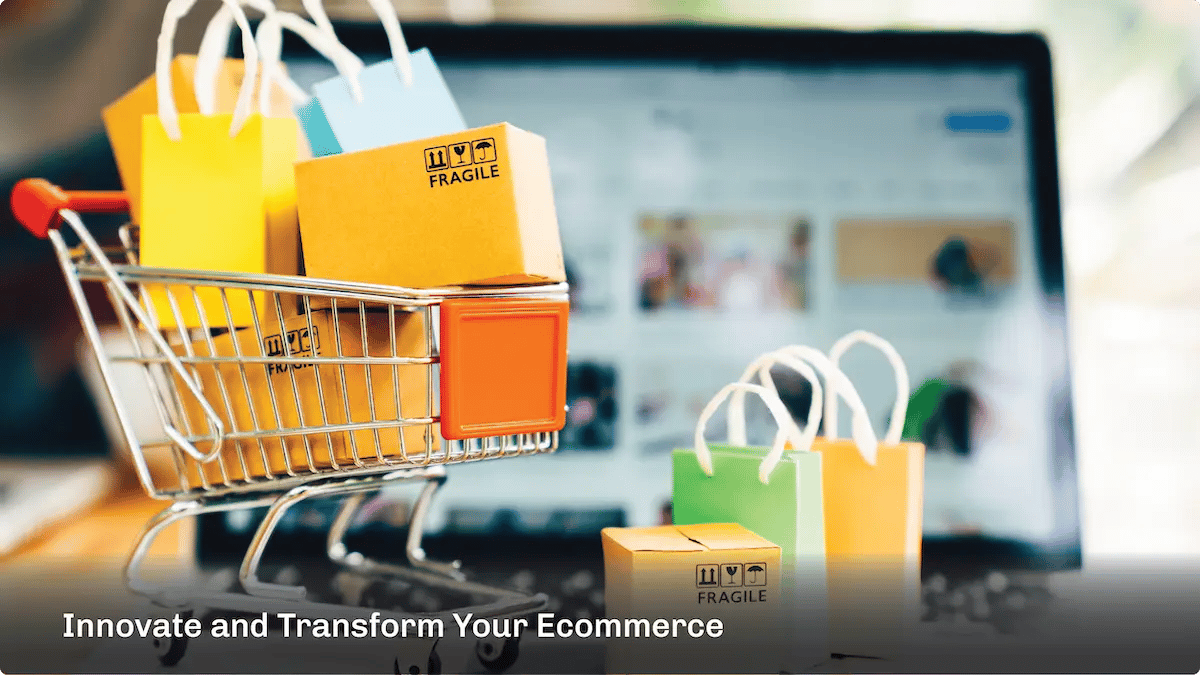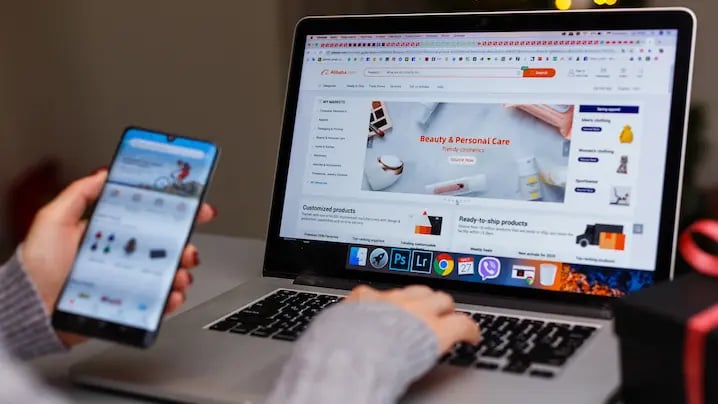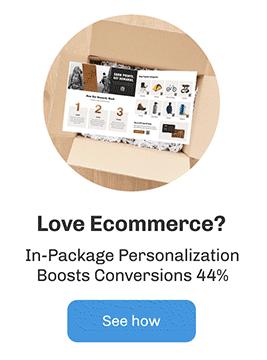Ecommerce is virtually everywhere right now. In fact, it can be nearly impossible to imagine life without online shopping. Over the past few years, Ecommerce has exploded into one of the biggest industries in the world, being valued at over $146 billion.
With so many developments in the world of Ecommerce, where is this industry headed in the future? How much more can Ecommerce really grow?
There are a lot of exciting developments on the horizon for the Ecommerce industry, and brands, both big and small, should continue to have their fingers on the pulse of what is going on in the industry. This is why it’s so important to look into the future of Ecommerce so that brands today can capitalize on this trajectory of the industry.
Are you ready to see where experts suspect the future of Ecommerce to be headed?
Future of Ecommerce |
Where Is the Ecommerce Industry At Now?
As we enter into 2023 and look toward the future of Ecommerce, it’s important to first look at where the industry is now and how it got to this point. During the first year of the COVID-19 pandemic, as the US faced countless store closures, the Ecommerce industry saw an unprecedented boost.
The US industry saw a nearly $900 billion increase in the first year alone, and while the growth has slowed some, the momentum hasn’t completely evaporated. The industry continues to see regular growth, with experts projecting an additional, steady 5% increase again this year, with numbers continuing to stabilize but experiencing slow and steady growth year after year.
According to Statista, that means that by the end of 2023, the US Ecommerce industry will be seeing another $4.28 billion increase.
Where Do Experts See the Ecommerce Industry Heading in The Future?
Understanding the numbers is only half the bottle when it comes to the Ecommerce industry. There is more to understanding Ecommerce than just looking at revenue. There are a few changes that Ecommerce brands can expect in the coming years.
Global Expansion
There is no denying that the Ecommerce industry as a whole is growing, but with that in mind, there are many brands that are going to hit their growth limits when it comes to their domestic sales. This means there is only one place to go: worldwide.
More brands, even smaller ones, are finding it easier than ever to take on foreign expansion with the right Ecommerce platform and payment processors that allow for easy selling across the country.
Personalization
If you're not leveraging personalization to increase the relevance of your offer for customers, it is going to cost you big dollars over the next ten years.
The post-industrial mass marketing machine doesn't make sense in a world where you can customize every brand experience from digital advertisements to the message placed in the package. Brands are making the push to level up their brand's personalization capabilities, and for good reason, relationships hinge on 1-to-1 engagements. Nowadays, there's an AI tool for nearly every portion of your marketing process.
Personalization isn't going to stop with the microcosm that is your social media algorithm. Pretty soon, everything you see, everywhere in the world will be tailored to you specifically.
Voice Technology Commerce
Voice-assisted technologies, including smart speakers, Alexa, and Google Home, are already making so many things quicker, easier, and hands-free for users. As users become more comfortable with voice-assisted technologies, they’re going to start relying more on these voice tools for an automated shopping experience.
This is all tied to the growing dependence on AI and automation within the Ecommerce world. Implementing technology that allows customers to order what they need with the power of their voice will give Ecommerce brands a distinct advantage in the coming years.
Flexible Payment Options
It seems like every time you checkout on an Ecommerce platform, there are new optional payment platforms: Sezzle, AfterPay, Affirm, Klarna, and everything in between. And these flexible, “pay in four” or no-interest financing options for smaller purchases is already opening up certain stores to new consumer sectors and to shoppers who may not have otherwise been able to afford certain products.
These “buy now pay later” options typically can be used for purchases as low as $35 and offer a better option than a high-interest credit card. For many shoppers, the availability of this payment option can make all of the difference between their decision to purchase or not purchase a product.

What to Expect With Social Ecommerce
When it comes to the forward trajectory of the Ecommerce industry, no conversation is complete without talking about social Ecommerce. Just like everything else in our world today, social media is taking over Ecommerce.
For the first time in the history of social media, the number of social media users is finally catching up to the number of internet users. It’s expected that approximately 95% of working-age internet users also use social media platforms.
This is extremely relevant information and one that paints the picture of a very social-heavy Ecommerce future. Here are other stats and facts about social media and its impact on Ecommerce that brands need to be aware of as they look toward a more social Ecommerce future:
- Individuals in Gen Z now use social media to research brands more than they use search engines, and other generations are moving in this direction.
- Social media sites are now the second most popular platform for global users to search for and purchase products.
- Social commerce sales alone in the US are expected to exceed $56 billion by the end of 2023.
- 78% of consumers are more likely to buy from a brand that offers a good social media experience.
- Spending on social media ads has gone up to more than $230 billion in 2022, meaning Ecommerce brands have found a niche not only for selling their products but promoting them as well.
Social media is not a phase in Ecommerce, it’s the future of Ecommerce. This means brands shouldn’t be considering the options of social commerce but instead focusing on how they can incorporate social media into their Ecommerce plan.
Currently, the most popular platform for shoppers to make purchases on is TikTok, followed by YouTube, Instagram, and then Facebook. Ecommerce brands can also turn to Twitter or Pinterest for their Ecommerce sales and will find that anywhere between 11-20% of users make regular purchases through this platform.
Conclusion
Ecommerce is growing and thriving and if you want to grow and thrive with it, it is important to understand where the future of the industry is going. And if you do, you can position yourself for even greater success as you move into 2023 and beyond.
 You've made it this far and you've learned so much. Congratulations!
You've made it this far and you've learned so much. Congratulations!
If you're looking to learn more about marketing or Ecommerce in general, feel free to reach out to us at: solutions@undigital.com
You May Also Like
These Related Stories

How to Choose the Right Ecommerce Affiliate Programs

Building an Ecommerce Business From the Ground Up in 2022


